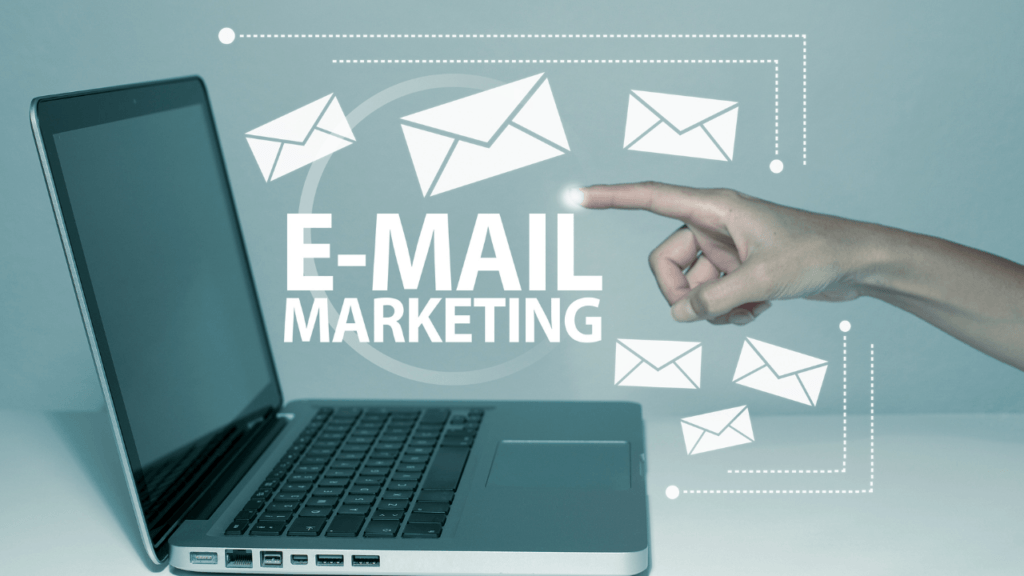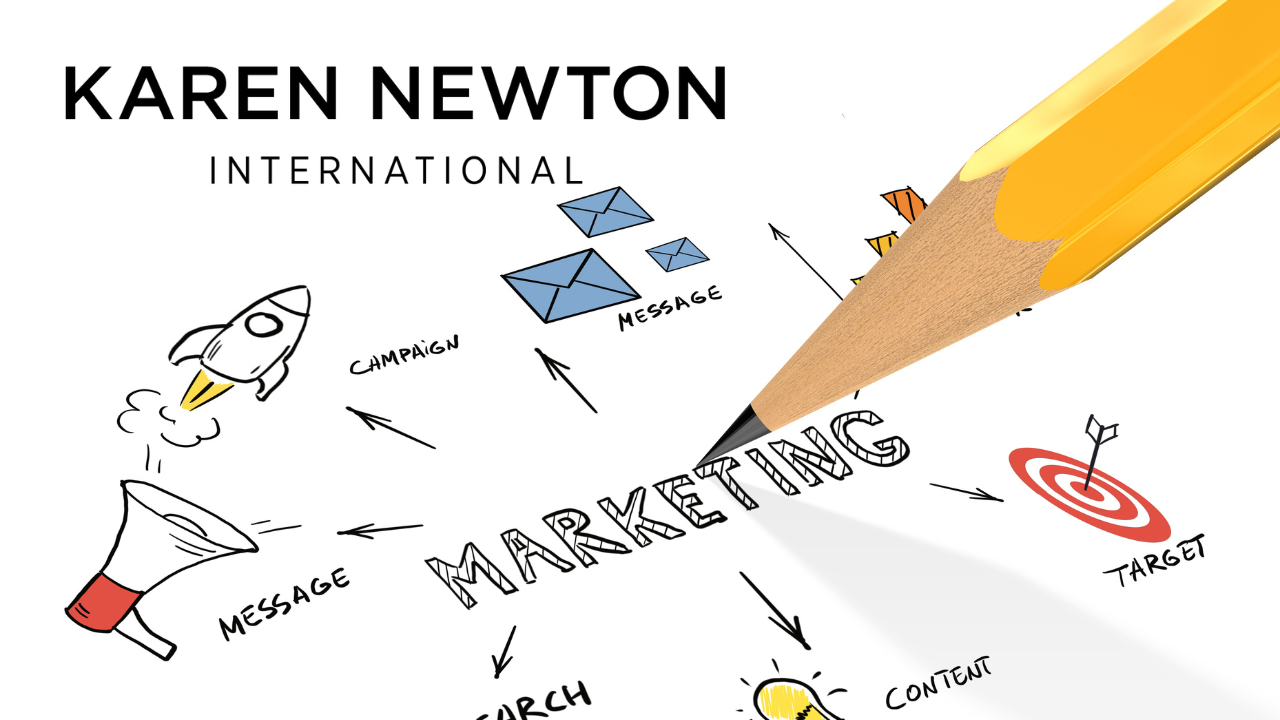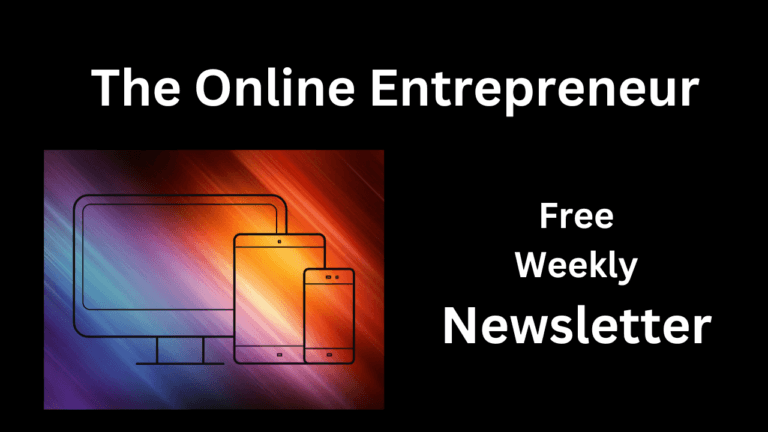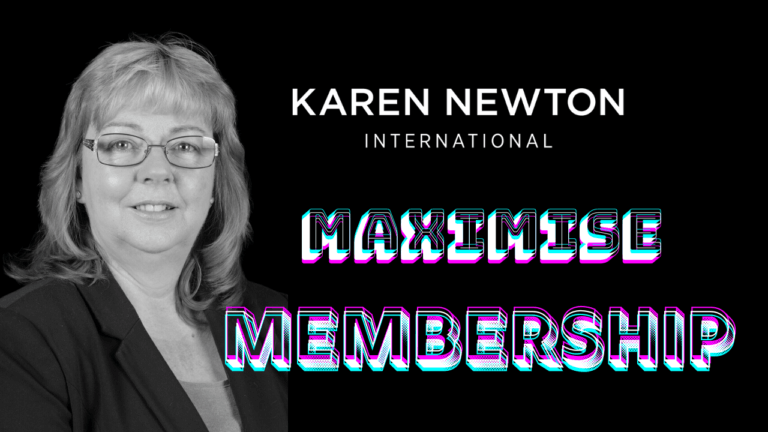Best Marketing Strategies for an Online Business
Small businesses have it tough especially when starting their online business. They are new to the market and don’t have the budgets that larger more established businesses enjoy.
The online entrepreneur has to familiarize themselves with different marketing strategies to get their business in front of potential clients so they can build know like and trust with their followers and cement their presence online as the authority in their industry.
In this blog, we look at some of the best marketing strategies for a small online business.
Social Media Marketing (SMM)

If you already have some social media accounts, this can be the best way to start advertising a business without the normal costs involved.
These days, people can gain large followers on social media quite quickly, however, a high number of followers doesn’t naturally bring in high sales. It’s solving the problem of your potential client that helps transition followers to buyers.
Since September 2023, Meta (Facebook) has become aggressive with removing content from timelines that they don’t think meet their guidelines.
My own personal timeline has been affected, with content removed. However, to date, no content has been removed from business pages or business groups.
So, when setting up your social media marketing strategy ensure business accounts are used where necessary to reduce the risk of content being removed.
Knowing your client is an important part of social media marketing. When you know your client you know which social media platform is the best for attracting the right clients for your products and services.
I have written many blogs (see The Online Entrepreneur Newsletter) about the type of content that should be used on each social media platform. Use the right content for the right social media site and your audience will grow along with your customer base.
SEO (Search Engine Optimization)

Most people will have heard about SEO, it’s the way to get better search engine rankings so your website ranks on the first page of Google or any other search engine.
First page rankings are essential for driving organic growth to the website.
One of the most common ways of getting rankings higher is through keyword research.
Keyword research is when you research a particular topic. Create some parameters that means the word or phrase being used has little competition but a reasonable amount of enquiries. Then create content based on the keyword or key phrase.
Some platforms such as Jaaxy and Ahref provide breakdowns of the probability of getting good rankings when using specific words.
Another way of getting higher rankings is to find the most common questions being asked about a topic and including a Q&A session in an article that will answer the questions.
Google is a great way to find out what the questions are. Put a question into Google search and it will try to answer as best as possible. However, lower down the first page it will show the most frequently asked questions. Get those into your blog and your blog should rank higher.
Whether you like SEO or not, it is the best way to get your website ranked and the trend is now moving towards social media posts. Hashtags are slowly disappearing and SEO taking it’s place.
What type of SEO links does a website need provides more information about SEO strategies for your website.
SEM (Search Engine Marketing)
Search Engine Marketing is another type of digital marketing that involves promoting websites by increasing their visibility in search engine results pages (SERPs) through paid advertising and optimization. SEM encompasses two primary approaches:
- PPC (Pay-Per-Click) Advertising: This involves creating ads that appear on search engines like Google or Bing. Advertisers bid on specific keywords relevant to their target audience. When users search for those keywords, the ads appear at the top or bottom of the search results. Advertisers pay a fee each time someone clicks on their ad (hence, pay-per-click).
- SEO (Search Engine Optimization): Although SEO is often considered a separate strategy, it’s an integral part of SEM. SEO focuses on optimizing a website’s content, structure, and other elements to rank organically (without paying for clicks) in search engine results. It involves improving website quality, relevance, and authority to increase visibility and attract organic traffic.
SEM marketing allows businesses to target users actively searching for products, services, or information related to their business products or services.
By combining paid search advertising (PPC) with search engine optimization (SEO), SEM aims to enhance a website’s visibility, increase traffic, and ultimately drive conversions, whether they are sales, leads, sign-ups, or other desired actions.
Content Marketing
Content marketing is a strategic marketing approach focused on creating and distributing valuable, relevant, and consistent content to attract and retain a target audience. Instead of directly pitching products or services, content marketing aims to provide information, entertainment, or education that aligns with the interests and needs of the audience.
Key elements of content marketing include:
1. Creation of Valuable Content: This involves producing various content types such as blog posts, articles, videos, infographics, eBooks, podcasts, whitepapers, and more. The content should be high-quality, informative, engaging, and address the audience’s concerns or interests.
2. Targeted Distribution: After creating content, the focus shifts to distributing it across appropriate channels. This could include the company’s website, social media platforms, email newsletters, guest posting on other websites, or collaborations with influencers or industry partners.
3. Building Relationships and Trust: Through consistent delivery of valuable content, content marketing aims to build trust, credibility, and relationships with the audience. Over time, this fosters loyalty and positions the brand as an authority in its industry.
4. Driving Desired Actions: While not immediately promotional, the ultimate goal of content marketing is to drive profitable customer action. This might involve generating leads, increasing website traffic, improving brand awareness, encouraging engagement, or ultimately converting prospects into customers.
Content marketing is a long-term strategy that focuses on providing ongoing value to the audience.
When executed effectively, it can result in increased brand visibility,
enhanced brand reputation, higher customer engagement, improved SEO, and ultimately, better conversion rates and sales.
This type of marketing is now some of the search engines main focus so customers to a website feel they have received value and that the information provided is accurate. This is why the EEAT strategy was developed.
EEAT stands for Expertise, Experience, Authority and Trustworthy
The Online Entrepreneur Newsletter has tips about creating content templates to ensure consistency in providing content on websites and attracting customers.
Email Marketing

Email marketing is a digital marketing strategy that involves using email to communicate with a targeted audience. It’s a powerful tool for businesses to nurture relationships with prospects, engage with current customers, promote products or services, and drive conversions. Statistics show that 90% of online sales are still generated through email marketing.
Key aspects of email marketing include:
1. Building Email Lists: The foundation of email marketing is creating and growing a list of subscribers who have willingly opted in to receive emails from a business. This list can be built through website sign-up forms, lead magnets (such as free e-books or newsletters), or during the checkout process.
2. Segmentation and Personalization: Email lists are often segmented based on various factors such as demographics, purchase history, engagement level, or interests. This segmentation allows for personalized content that resonates more effectively with different segments of the audience.
3. Creation and Distribution of Email Content: Emails can take various forms, including newsletters, promotional emails, product updates, event invitations, transactional emails, and more. The content should be relevant, engaging, and valuable to the recipients.
Email marketing is highly effective because it allows businesses to directly reach their audience in a personalized way. When done right, it can drive engagement, increase brand loyalty, nurture leads, and generate sales or conversions. However, it’s essential to adhere to best practices, such as obtaining consent for sending emails, providing valuable content, and respecting subscribers’ preferences for frequency and content type.
Video Marketing

Video marketing is a digital marketing strategy that involves using videos to promote and market products, services, or brands. It leverages video content across various platforms to engage and communicate with an audience. The most popular platforms for video advertising are YouTube and TikTok.
Other social media platforms are now developing video reels which are short videos around 5 – 30 seconds that deliver the businesses message quickly and in condensed form.
As the world gets busier people have little time to sit down and watch long videos instead quick condensed videos are very effective. So, effective that most social media platforms are adding reels to the platform.
Best Online Marketing Strategies
Every business needs to find the right type of marketing to suit their business and industry.
Identify who your perfect client is, and which platforms they are most likely to visit then use the best marketing strategy to get in front of the prospective customer.





